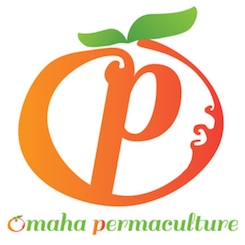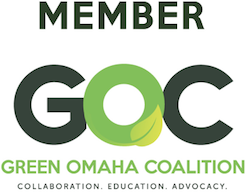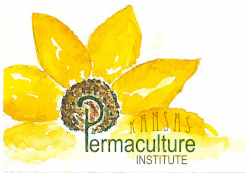Losing Earth: The Decade We Almost Stopped Climate Change
This outstanding article by Nathaniel Rich was printed in The New York Times in August 2018, and while it has faced some criticism since then, it stands out as one of the best histories of the climate crisis and what went wrong in our response to it.




